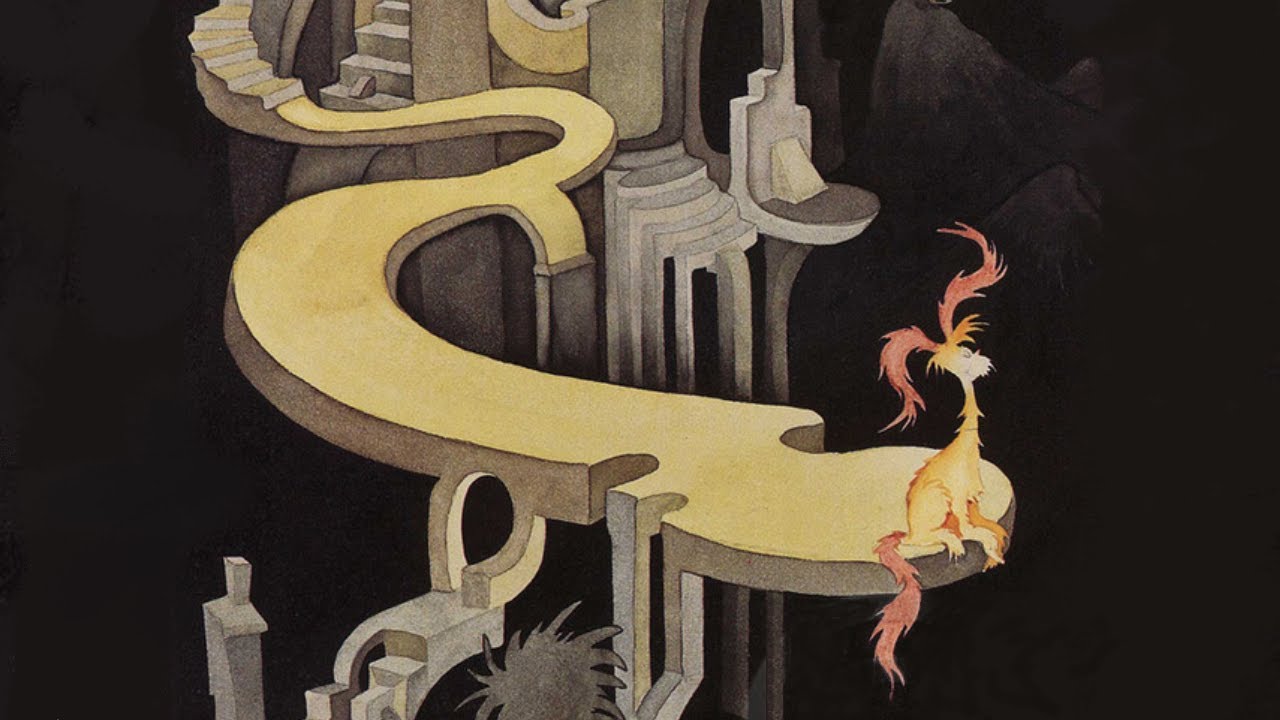The Secret Darker Art of Dr. Seuss

There’s a lot you didn’t know about Dr. Seuss.
Watch the video to find out.
What is the allegorical meaning behind The Butter Battle Book, and how does it differ from Dr. Seuss’s other works?
The name Dr. Seuss is synonymous with whimsical, colorful stories and characters that have entertained children and adults for generations. From The Cat in the Hat to Horton Hears a Who!, his books are beloved the world over. However, there is a lesser-known side to Dr. Seuss’s work that is darker, more subversive and highly controversial.
Dr. Seuss, whose real name was Theodor Geisel, was a political cartoonist before he became a children’s book author. During World War II, he drew over 400 political cartoons that were published in the New York newspaper PM. In these cartoons, he portrayed Adolf Hitler and his regime in a highly critical manner. His work for PM led to a successful career in advertising, where he created ads for a wide range of clients.
Dr. Seuss’s political leanings can be seen in his children’s books as well. Titles like The Lorax, Yertle the Turtle and The Sneetches all contain social and political messages that are thinly veiled in whimsical stories. These messages often focused on environmentalism, anti-war sentiment and the fight against racism and discrimination.
However, Dr. Seuss’s darker side is perhaps best exemplified in his book, The Butter Battle Book. Published in 1984, it is a tale of two societies, the Yooks and the Zooks, who are at war over something as simple as the way they butter their bread. The conflict escalates to the point where both sides are armed with increasingly dangerous and destructive weapons, culminating in the “Bitsy Big-Boy Boomeroo,” a weapon that can destroy both societies.
The Butter Battle Book is clearly an allegory for the arms race between the United States and the Soviet Union during the Cold War. The book’s ending is intentionally ambiguous, with neither the Yooks nor the Zooks coming out as the victors. The closing lines of the book leave the reader hanging, “We’ll see. We will see.” It is a stark contrast to the typically happy, satisfying endings of Dr. Seuss’s other books.
Another book that showcases Dr. Seuss’s darker side is his lesser-known adult book, The Seven Lady Godivas. A parody of the Lady Godiva legend, it tells the story of seven sisters who refuse to wear clothes in protest of their father’s vanity. The book contains multiple illustrations of full-frontal female nudity, which was highly controversial at the time of its publication in 1939.
Despite the controversy surrounding his darker works, Dr. Seuss’s legacy remains intact. He is one of the most beloved children’s authors of all time, and his influence on popular culture is immeasurable. Yet, his political activism and subversive messages should not be forgotten. Dr. Seuss was not just a writer of children’s books, but a thinker, artist and advocate for social justice. The secret, darker side of Dr. Seuss’s work is a testament to his artistic range and his unwavering commitment to speaking truth to power.









How to Build Real Fully-Functional Jump Stilts From Scratch For Under $50!
Lemon Crunchy Chicken cooked in the middle of the forest
Plant for a Year’s Worth of Food
How To Start An Airline
Jim Norton and Joe Rogan Debate Bob Lazar’s Story